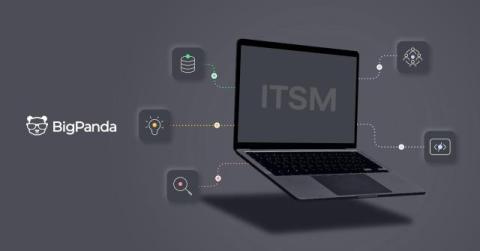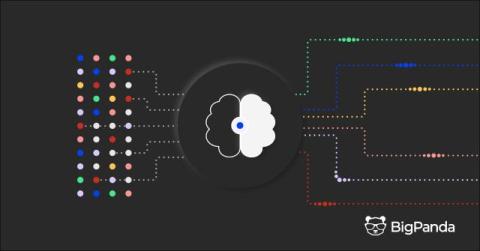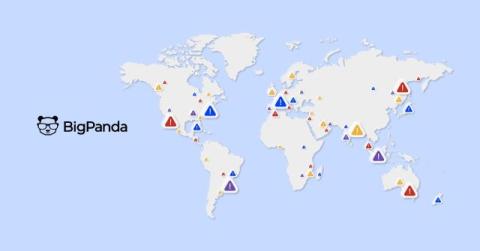What is DORA and how AIOps facilitates compliance
The Digital Operational Resilience Act (DORA) is a European Union (EU) regulation that requires financial institutions to improve their digital operational resilience. DORA creates a uniform regulatory framework across the EU to strengthen the European financial market against cyber risks and IT incidents.











